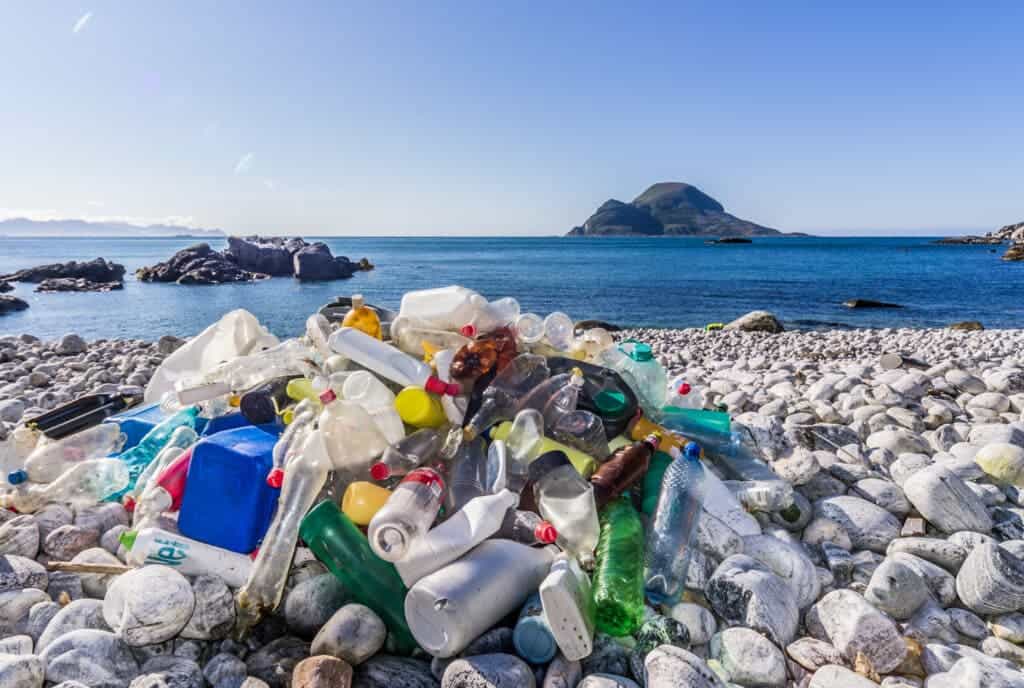We’re just seeing the tip of the iceberg when it comes to plastic pollution, a new report warns, as the amount of plastic waste produced globally is on track to triple by 2060. The increase will be driven by population and economic growth, and the largest growth is expected to occur in emerging economies in Asia and sub-Saharan Africa.

The Organization for Economic Co-operation and Development (OECD) said plastic consumption would rise from 460 million tons in 2019 to over 1.2 million tons in 2060 in the absence of new policies. This would cause plastic leakage to the environment to double to 44 million tons a year and the build-up of plastics in the water to triple. There’s way too much plastic in the environment as there is already, the new influx could be outright disastrous.
“If we want a world that is free of plastic pollution, in line with the ambitions of the United Nations, we will need to take much more stringent and globally coordinated action,” OECD secretary-general Mathias Cormann said in a statement. “This report proposes concrete policies that can be implemented along the lifecycle of plastics.”
Growing plastic waste
There’s growing international concern over the volume and omnipresence of plastic pollution and its effects on the environment and on our health. Microplastics, fragments of any type of plastic smaller than five millimeters, have infiltrated the remotest and otherwise pristine regions of the planet, from the Arctic to the Everest — and we’re not even sure how much damage they can do to humans. For animals, we’re already seeing it can cause immense damage.
The new report contrasts a business-as-usual (BAU) trajectory with the benefits of more ambitious global policies of reduced plastic use and pollution. Under BAU, the use of plastic would roughly double in North America, Europe, and East Asia. In emerging economies, it’s expected to grow three- to six-fold, as is the case in Africa.
The expected rise in plastic consumption and waste will happen despite an expected increase in the use of recycled plastic in manufacturing goods as well as technological progress that should mean a 16% decrease by 2060 in the amount of plastic, OECD said. Countries agreed last year to create an agreement by 2024 to end plastic waste, but concrete measures are still insufficient.
The OECD said the share of plastic waste successfully recycled will rise to 17% in 2060 from 9% in 2019. Incineration and landfilling will continue to account for 20% and 50% of plastic waste respectively. Also, the share of plastic that evades all waste management systems is expected to decrease to 15% from 22% in 2019, OECD said.
The report suggested taking actions that simultaneously reduce greenhouse gas emissions as well as plastic pollution. The full life-cycle of plastics, from production to disintegration, currently contributes to about two billion tons of CO2 or its equivalent in other gases – about 3% of human-caused greenhouse gas emissions, the OECD said.
Some of the policies that can reduce the environmental impacts of plastics and encourage a circular use of them include increasing litter collection rates, improving waste management infrastructure, extending producer responsibility schemes, and implementing taxes on plastics and incentives to reuse and repair plastic products.









